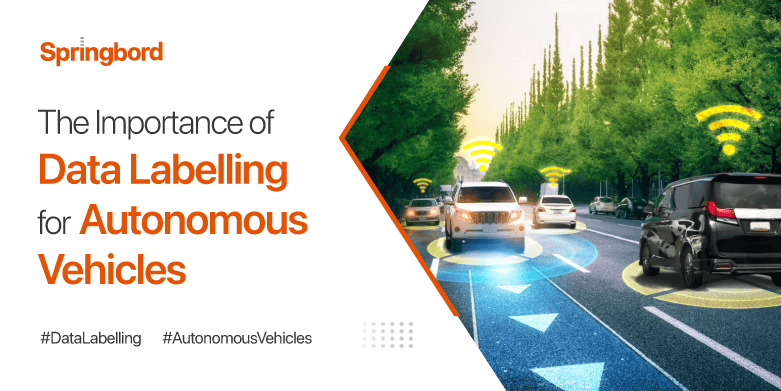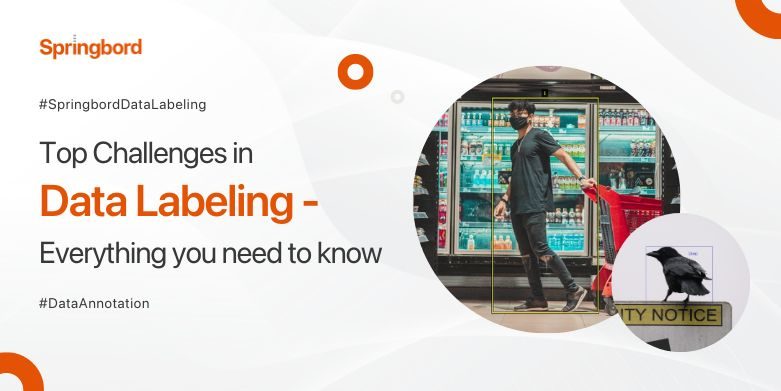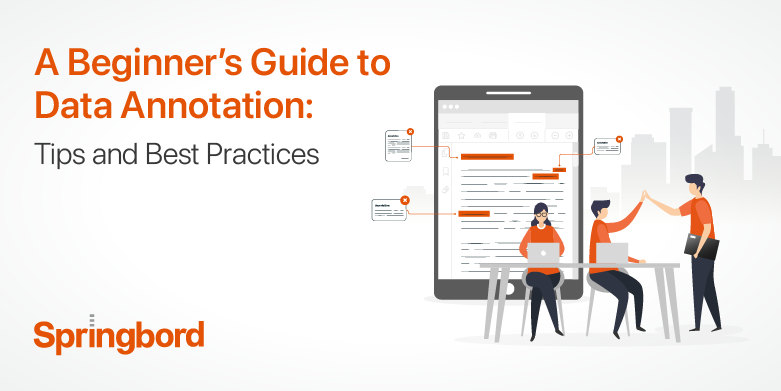Data labeling serves as the key that unlocks the true value of data in the modern digital environment. Data is the new gold. Data labeling involves the process of annotating or tagging raw data with specific labels or categories, enabling AI systems to recognize patterns and make accurate predictions.
From self-driving cars to virtual assistants, the accuracy and reliability of AI applications heavily depend on the quality of labeled data they are trained on.
While the industry has made significant strides in developing efficient labeling techniques, the future of data labeling promises to bring forth groundbreaking advancements that will reshape the way we interact with technology.
The Rising Demand for Data Labeling Services
The exponential growth of data and the increasing complexity of machine learning algorithms have led to a surge in the demand for data labeling services. Businesses across various industries, including healthcare, finance, retail, and manufacturing, require labeled data to train their AI models effectively. However, many organizations lack the internal resources, expertise, and time required to label large volumes of data accurately. This creates an opportunity for data labeling service providers to offer their specialized skills and infrastructure.
For example, in the healthcare sector, medical imaging plays a crucial role in diagnostics and treatment planning. Data labeling companies can provide accurate annotations for medical images, helping healthcare providers develop AI-powered tools for detecting diseases, analyzing patient scans, and improving overall patient care.
Advancements in Data Labeling Techniques
The future of data labeling lies in the development and adoption of advanced labeling techniques. Traditional methods, such as manual annotation, are time-consuming, expensive, and prone to human error. However, emerging techniques like active learning, semi-supervised learning, and transfer learning are revolutionizing the data labeling landscape.
Active learning algorithms leverage human-in-the-loop approaches to iteratively select the most informative samples for labeling. By prioritizing uncertain or challenging instances, active learning reduces the labeling effort required while maintaining or improving the accuracy of AI models. This approach is particularly useful in scenarios where the cost or time constraints of labeling large datasets are prohibitive.
Semi-supervised learning techniques combine a small labeled dataset with a much larger unlabeled dataset. By utilizing the unlabeled data, models can learn from the inherent structure of the data and generalize better. This approach allows businesses to leverage existing data resources more efficiently, reducing the dependency on extensive labeling efforts.
Transfer learning involves pre-training models on large, labeled datasets and then fine-tuning them on specific tasks or domains with limited labeled data. This approach enables businesses to leverage the knowledge and patterns learned from one task or domain to improve performance on related tasks or domains. By reducing the amount of labeled data required for training, transfer learning accelerates the development of AI models and lowers costs.
Outsourcing Data Labeling: Benefits and Considerations
As the demand for data labeling grows, many businesses are choosing to outsource their data labeling needs. Outsourcing data labeling offers several advantages, including cost savings, access to specialized expertise, scalability, and faster time-to-market.
Cost savings: Outsourcing data labeling can be more cost-effective than building an in-house labeling team. It eliminates the need for hiring and training labeling staff, investing in infrastructure, and managing the labeling process. Data labeling service providers can offer competitive pricing models based on the volume and complexity of the data.
Specialized expertise: Data labeling service providers specialize in the labeling process and employ experts who are proficient in various annotation techniques. They possess domain knowledge and stay updated with the latest labeling methodologies, ensuring high-quality annotations that meet industry standards.
Scalability: Outsourcing data labeling allows businesses to scale their labeling efforts based on their needs. Service providers have the infrastructure, tools, and workforce to handle large volumes of data efficiently, enabling businesses to meet project deadlines and adapt to changing requirements.
Faster time-to-market: By outsourcing data labeling, businesses can accelerate their AI development cycles. Service providers with streamlined processes and labeling expertise can deliver labeled data quickly, enabling organizations to train their models faster and bring their AI-powered solutions to market ahead of competitors.
However, when considering outsourcing data labeling, businesses should carefully evaluate potential service providers. Factors such as data security, privacy, quality control mechanisms, and the provider’s track record should be thoroughly assessed to ensure a successful partnership.
The Ethical Dimension of Data Labeling
While data labeling offers immense potential, it also raises ethical considerations. The labels assigned to the data can reflect human biases, perpetuating unfairness or discrimination in AI systems. For example, biased data labeling in facial recognition algorithms can result in inaccurate identifications, leading to discriminatory outcomes.
To mitigate these risks, data labeling service providers and businesses must prioritize diversity, inclusivity, and fairness in the labeling process. This includes ensuring diverse labeling teams, implementing robust quality control measures, and providing clear guidelines to address potential biases. Ongoing monitoring and auditing of labeled datasets are essential to identify and rectify any biases that may arise.
Conclusion:
The future of data labeling holds immense potential to transform various industries, empowering them to leverage AI and machine learning to their fullest potential. With advancements such as active learning, semi-supervised labeling, and the integration of human expertise with automated systems, data labeling will become more efficient, cost-effective, and scalable. Moreover, emerging technologies like computer vision and natural language processing will enhance the accuracy and speed of labeling tasks, opening doors to new possibilities. As Springbord, we are committed to staying at the forefront of this evolving landscape, driving innovation in data labeling to shape a future where AI-powered solutions empower businesses and individuals alike.







